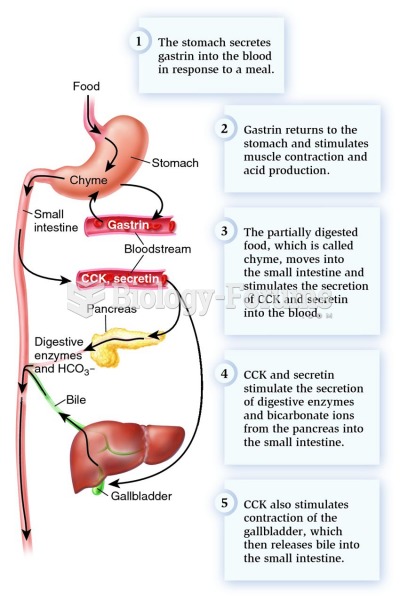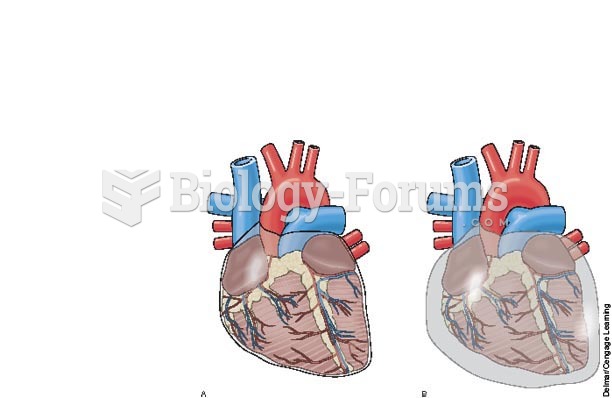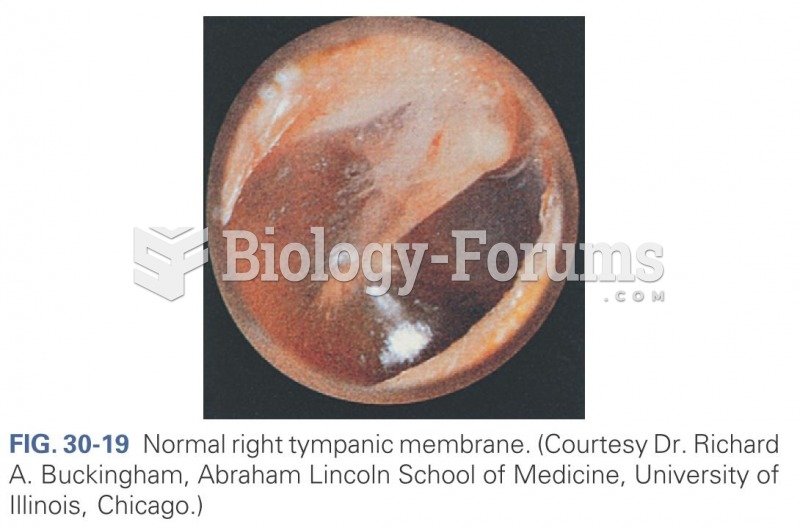|
|
|
The most common treatment options for addiction include psychotherapy, support groups, and individual counseling.
There are 60,000 miles of blood vessels in every adult human.
Human stomach acid is strong enough to dissolve small pieces of metal such as razor blades or staples.
There used to be a metric calendar, as well as metric clocks. The metric calendar, or "French Republican Calendar" divided the year into 12 months, but each month was divided into three 10-day weeks. Each day had 10 decimal hours. Each hour had 100 decimal minutes. Due to lack of popularity, the metric clocks and calendars were ended in 1795, three years after they had been first marketed.
Prostaglandins were first isolated from human semen in Sweden in the 1930s. They were so named because the researcher thought that they came from the prostate gland. In fact, prostaglandins exist and are synthesized in almost every cell of the body.







